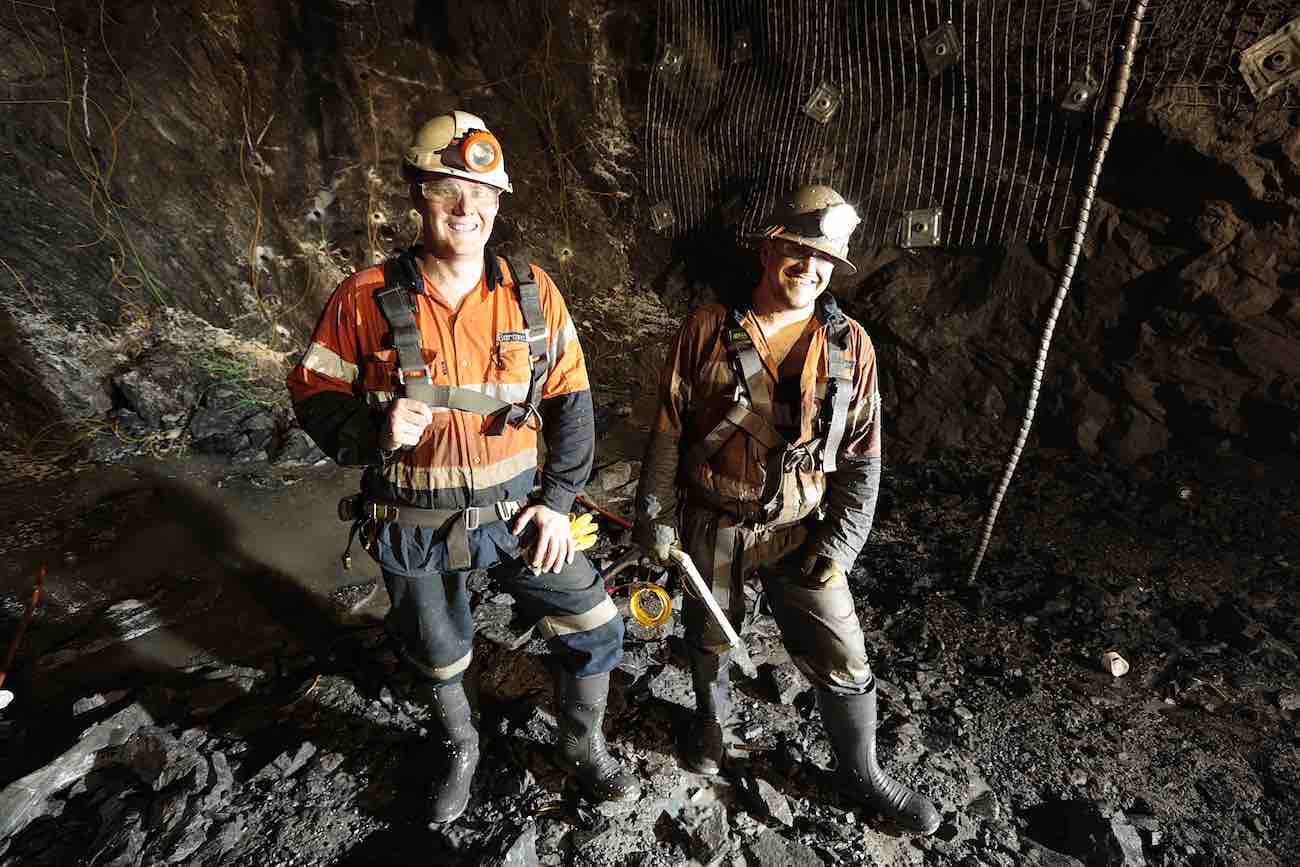
Drilling has accompanied mining even in its earliest form – simple, shallow/narrow drilling was done by hand, however in the modern era drilling machines/rigs are used and they were air, hydraulic oil and water driven. As a simple definition, a drill is any cutting tool using energy in any one of several forms to produce a circular hole It uses a drill bit, which is. Drill bits, a detachable cutting tool used to cut holes in the rock, can be part of an integral steel or the other loose part in the extension drilling. A drill core is produced by an annular drill bit as a solid and cylindrical sample rock. The resistance of the rock or mineral compound against drilling is the drillability. Engineering properties such as hardness, abrasiveness, texture, structure and breaking characteristics control drillability. It is a function of mineral composition, grain size and various degree of weathering. There are methods for measuring drillability.
Examples are:
As discussed in our previous article on drill and blast dust control, drilling produces different dust particle sizes. The terminology used for these in drilling terms is drill cuttings and drill dust. This article focuses on core drilling and diamond drilling and concludes with WHS and GRT dust control industry practice for drilling in mining.
What is core drilling in mining?
Core drilling is the process of using a hollow centred drill bit to produce cylindrical rock cores from a rock mass . A core bit cuts in rock drilling or in boring earth material. It’s made out of diamond or ring of small roller cones and steel teeth. Core bits cut a doughnut-shaped hole. They drill faster in the same formation than regular bit designs. The faster drilling happens due to having less rock to cut. Behind the bit is a special tube that holds the rock core and recovers it to the surface. The special tube is a core lifter case and cores collection ensues for examination. A core drill uses a mechanism designed to rotate. This rotation causes an annular-shaped rock-cutting bit to penetrate rock formations. A core is the sample rock obtained through the use of a hollow drilling bit, which cuts and retains a section of the rock penetrated. The core barrel attaches to the core bit. It’s used to get and preserve a continuous section, core, of the rocks penetrated in drilling. To maintain integrity of the core, a core barrel stabilizer is used. It is a tubular device that has raised rib fittings inside the hole. There are mounted immediately above the core barrel to prevent vibration when drilling. There are many different bottomhole coring systems. These include sleeve, sponge, oriented and pressure coring. Choice amongst them depends on the formation to be cored. Whether it is complete and well consolidated, unconsolidated, or fractured and what the hole inclination will be. Also depends on what the desired state is for the recovered core.
What is diamond drilling in mining?
Diamond drilling is the act of drilling boreholes using bits inset with diamonds as rock-cutting tools. It is a drilling method for exploration purposes. Cylindrical rock cores from the rock mass are removed with the help of a hollow bit covered with diamonds. Invented by a French engineer named Rodolphe Leschot in 1863 and patented in the USA. The diamond drill bit rotates using various types and sizes of mechanisms. Impregnated flat-crown diamond bit is the most versatile type used in mineral explorations. Surface-set, step faced diamond bit is for hard sedimentary formations. A diamond drilling machine is used for prospect drilling long holes with small diamond bits. It catches cores from the orebody and the bedrock. The recent machines are driven by electricity. Diamond bits drill by wearing out the rock under the bit. They produce very small cuttings called rock flour. Diamond bits can drill the hardest rock but they drill slow and are very expensive. 5m/hour is a realistic average penetration rate for holes <1000m. Diamond bits are effective in rock formations with the highest compressive strength. They are also used in formations that are very abrasive. The diamonds used in these bits are industrial-grade diamonds. To prevent diamonds from burning, water plays the role of a coolant.
WHS concerns for drilling in mining?
Mining sites have inherent workplace health and safety risks. Unfortunately drilling in mining is no exception. As well as the hazards of manual handling, moving parts, and general WHS issues, drilling operations generate a significant amount of dust. As GRT’s mantra goes ‘dust must be treated at the source’. Exposure to dust leads to different life-threatening diseases. Silicosis and other pulmonary ailments are prevalent in mine workers. The impact of airborne, respirable dust is also felt in the local communities. The duty of care of the mining operator is not limited to the confines of the mine. It should extend to the social license to operate in local communities. Dust from drilling in mining can affect families close to mining activities. Drill cuttings can be of different particle sizes and chemistries. It is important to find effective dust control palliatives. They must cater for the chemical nature and particle size of the drill cuttings. Water can suppress drill cuttings but with so many limitations. The downside to using water alone is the hydrophobic nature of different rock types. GRT recommends superactivation of water with our GRT: 12X technology. It renders water’s dual properties of hydrophobic and hydrophilic capabilities. This increases the capture of drill cuttings of any chemical nature by 12 times more than water alone. The incentives are greatly improved dust capture and water savings which translates to cost savings for mining activities.
Your feedback is important to us. If you enjoyed reading this Global Road Technology industry update and found it informative, please let us know by leaving a REVIEW.
REFERENCES
Are environmental regulations, health and safety concerns or potential profit loss a concern right now?
Contact Us Now